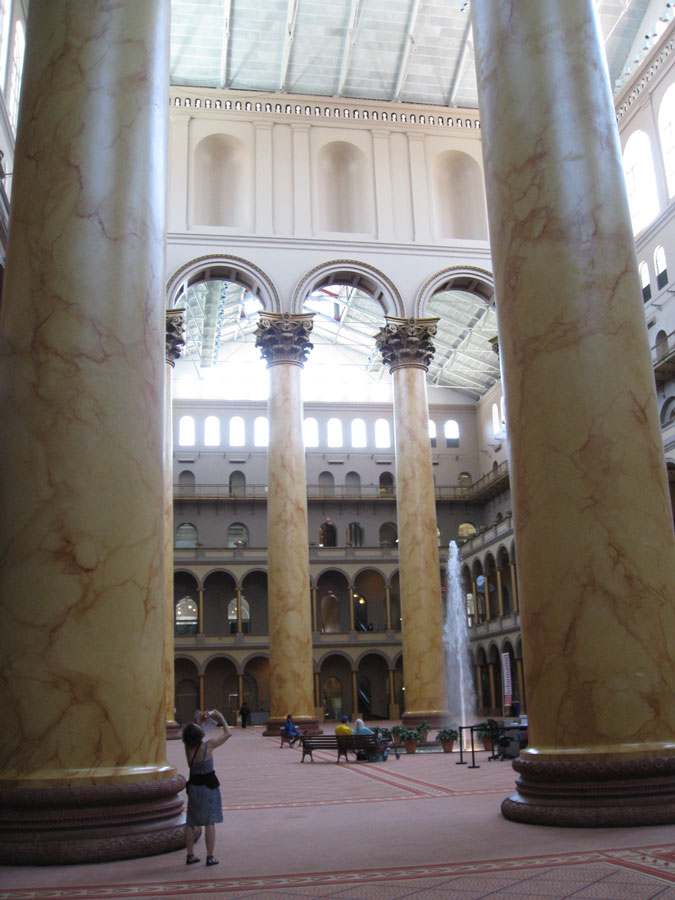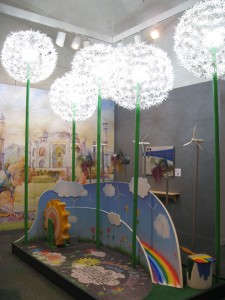
Cities have lives of their own.
People come and go, trends change, history rolls on. Cities that last for more than a few centuries acquire a patina of age that can add to their charm or diminish it.
Washington, D.C., has weathered a bit of history since it first took shape as the nation’s capitol in 1790. Compared to many European cities, ours is still an upstart, a mere teenage town. Like most teenagers, D.C. manages to make a lot of noise and generate a lot of controversy.
But visitors who flock to the massive monuments, museums and government buildings which dominate the landscape downtown sometimes miss the softer, sweeter side of the city: the lush canopied neighborhoods, the quirky streets and hidden gardens that sustain District residents when the going gets sticky.
Well-known attractions such as Georgetown, Capitol Hill and the Dupont Circle area get their share of sightseers. But there’s always more to discover.
Last week I finally visited the National Building Museum. Housed in what used to be the Pension Building, this magnificent structure built in 1887 has some breathtaking features, including an exterior frieze of Civil War soldiers, massive columns, and an awesome courtyard. Like many buildings of that era, it was gradually used for other government offices and its future was uncertain until 1969 when it was listed on the National Register of Historical Places, which revived interest in the space. In 1980 it was reborn as the National Building Museum devoted to all aspects of architecture, including the impact of architecture on the quality of human life.
And if that’s not enough to spark your interest, they’ve also got mini-golf.

The two nine-hole indoor courses were designed by architects and design firms to illustrate environmental and architectural problems and solutions. It’s a great way to get out of the heat and chill out with some quality putts.
I like a government building that offers inspiration and renewal all under one roof. At the National Building Museum it’s par for the course.